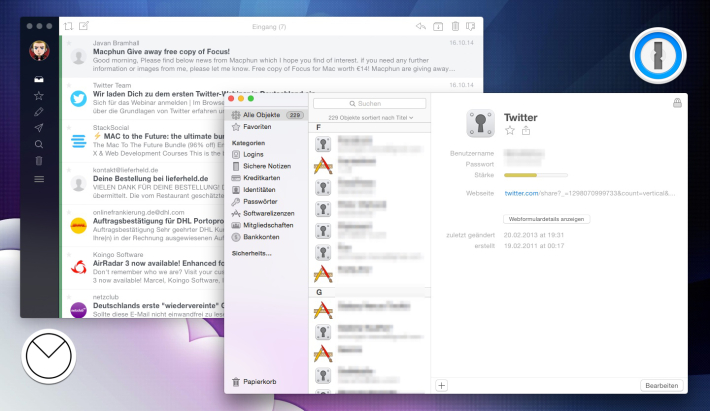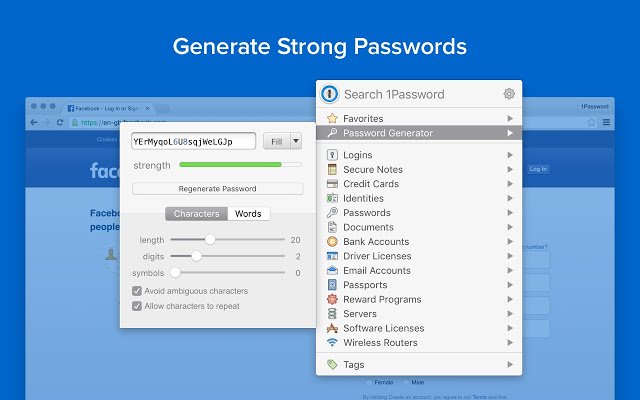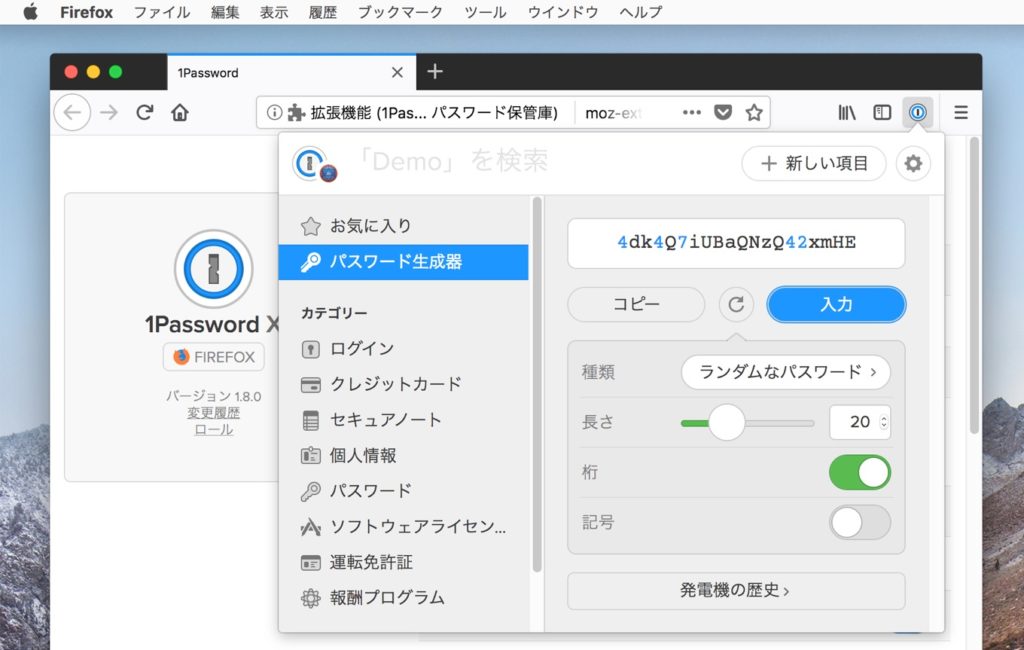
- #1password x update#
- #1password x code#
- #1password x password#
#1password x update#
Chrome and Firefox update themselves and browser extensions automatically, but you may need to restart your browser occasionally to receive updates. Make sure 1Password and your browser are up to date.
#1password x password#
1Password will never ask for your account password in the inline menu that appears below form fields. Unless you are on, never enter your 1Password account password directly into a web page.

Only enter your 1Password account password in the 1Password pop-up from your browser’s toolbar.Protect yourself when using 1Password in your browser

You can choose to lock or unlock both the 1Password app and 1Password in the browser, and can configure the lock and unlock settings.Only you have the keys to access and decrypt your data. Secure inter-process communication means messages in transit between the 1Password app and extension are protected.On Linux, 1Password verifies that the browser is an approved one and owned by root.
#1password x code#
Code signature validation makes sure the browser is properly signed on macOS and Windows. Before accepting a connection, the 1Password app verifies the extension ID and native messaging hosts file. Native messaging ports allow 1Password to verify the connection between the app and extension. Secrets used to secure the connection are protected in the following ways: This connection allows you to lock and unlock the 1Password app and extension together. If you have the app installed, the app and extension establish a secure connection. When you use 1Password in your browser, it checks for the 1Password app. Your data is protected outside your browser TypeScript enforces type safety and provides static analysis tools to make sure that 1Password is just as robust as every other 1Password app. A restrictive CSP (Content Security Policy) prevents 1Password from loading untrusted external resources. Parsing is done with safe, tested methods, and all input is sanitized before being displayed to prevent XSS (cross-site scripting) attacks. Messages are passed between extension components and the page using the extension messaging API rather than DOM events, so they can’t be intercepted or spoofed by untrusted web pages. Same-origin policy prevents pages from looking inside these iframes or interacting with their contents.  Inline menus are loaded in iframes, with their source set to a resource inside the extension bundle. The pop-up runs outside of the web pages you visit. Scripts running on web pages you visit have no way of interacting with the sandbox. 1Password protects your data in ways that are unique to that environment to make sure it’s not susceptible to known browser-based attacks.ġPassword runs in a sandboxed background page provided by the WebExtensions API, not in the untrusted web environment. The security environment for an extension in a web browser is different from that in a desktop or mobile app.
Inline menus are loaded in iframes, with their source set to a resource inside the extension bundle. The pop-up runs outside of the web pages you visit. Scripts running on web pages you visit have no way of interacting with the sandbox. 1Password protects your data in ways that are unique to that environment to make sure it’s not susceptible to known browser-based attacks.ġPassword runs in a sandboxed background page provided by the WebExtensions API, not in the untrusted web environment. The security environment for an extension in a web browser is different from that in a desktop or mobile app. 
“Overall, was found to be unusually robust with exceptional error handling, careful data processing, and data encryption that was well considered and thoughtfully implemented.” ― AppSec Consulting, “Penetration Test and Code Review Report” Learn more about the 1Password security model. Data is encrypted at rest and in transit – just like in the other 1Password apps. Everything is encrypted locally on your devices with keys that only you have. When you use 1Password in your browser, your data is protected using the same security model that always protects your 1Password account. Your data is protected by strong encryption Because 1Password works everywhere you do, you can be more secure in more places. When you use 1Password in your browser, you can fill and save passwords, find and edit items, and more – all without leaving your browser. Learn how 1Password protects your data when you use it in your browser.








 0 kommentar(er)
0 kommentar(er)
